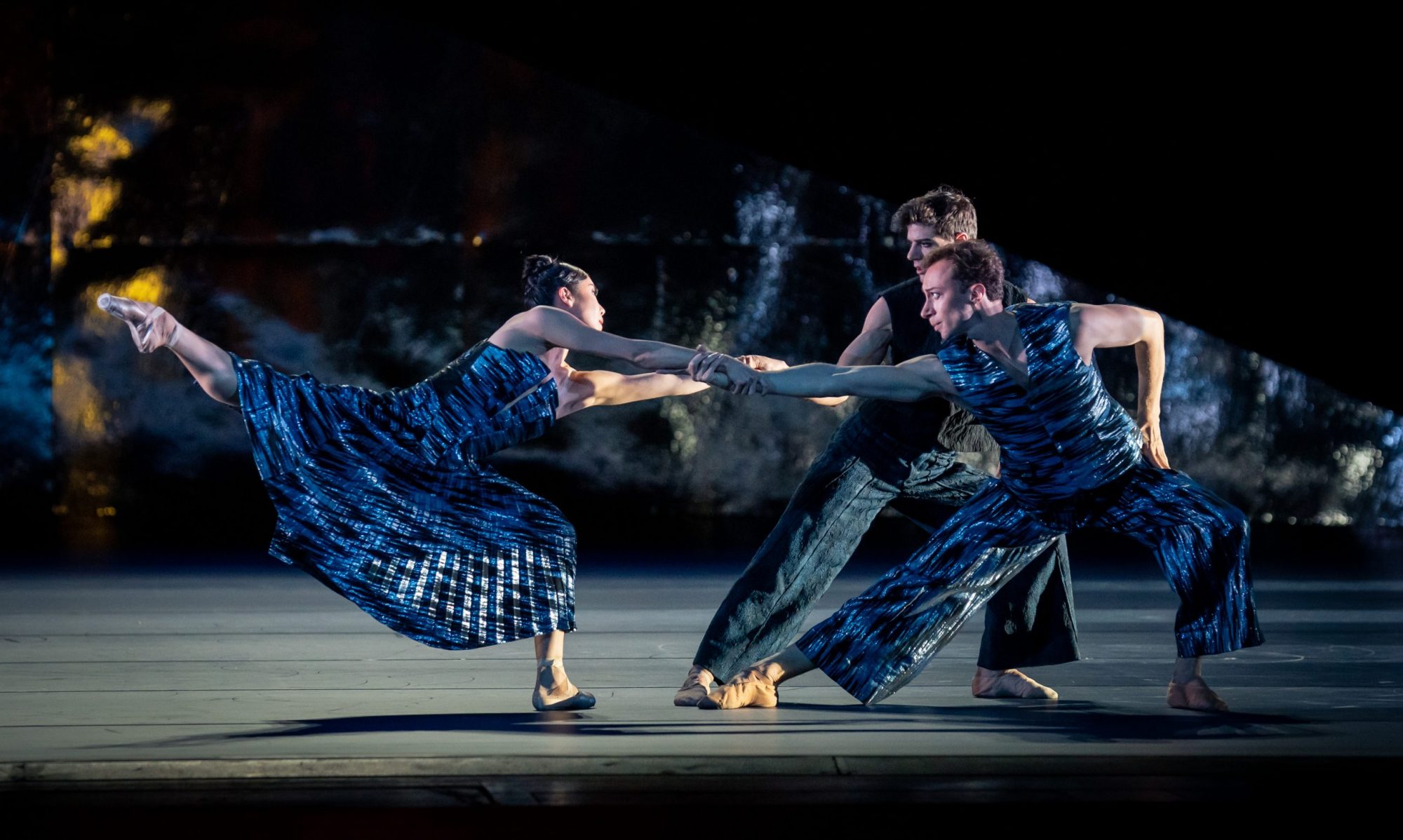“Doctor Zhivago”
SNG Opera in Balet Ljubljana
Ljubljana, Slovenia
April 23, 2016
by Ilona Landgraf
Copyright © 2016 by Ilona Landgraf
 A couple of months ago Jiří and Otto Bubeníček ended their active dancing careers with their home companies, Semperoper Ballet and Hamburg Ballet. Since then they have crisscrossed the globe creating ballet after ballet after ballet. In view of the sheer amount of their commissions, lingering doubts about quality seem likely. Moreover as their last creation, “Doctor Zhivago”, promised not to be a cakewalk. It is based on Boris Pasternak’s prizewinning novel of the same title, a rather weighty work dealing with an intricate story. David Lean’s 1965 film version is very popular. Continue reading “A Prize Accomplishment”
A couple of months ago Jiří and Otto Bubeníček ended their active dancing careers with their home companies, Semperoper Ballet and Hamburg Ballet. Since then they have crisscrossed the globe creating ballet after ballet after ballet. In view of the sheer amount of their commissions, lingering doubts about quality seem likely. Moreover as their last creation, “Doctor Zhivago”, promised not to be a cakewalk. It is based on Boris Pasternak’s prizewinning novel of the same title, a rather weighty work dealing with an intricate story. David Lean’s 1965 film version is very popular. Continue reading “A Prize Accomplishment”















